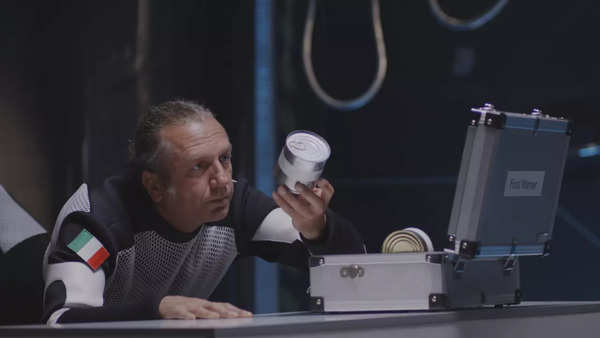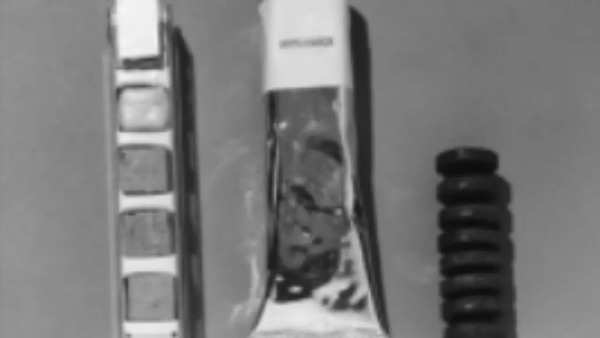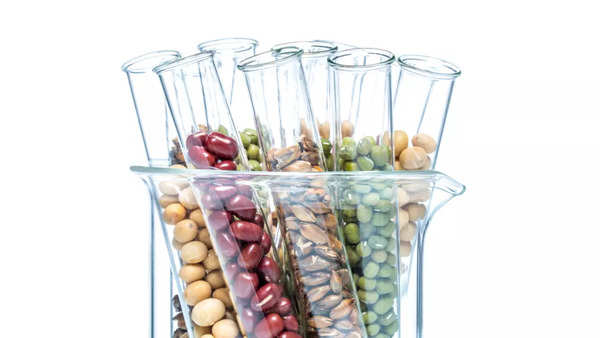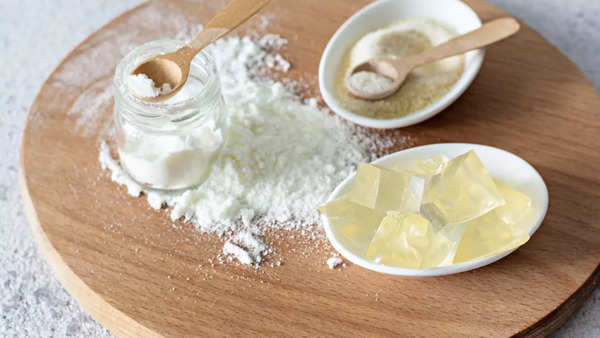[ad_1]
As per the House Meals and Diet, An Educator’s Information With Actions in Science and Arithmetic report by NASA, in early time sending meals to house was a problem and that’s the reason, specialists confronted lots of hurdles in offering meals that tastes good and travels effectively in house.It has been a problem as a result of explorers on the house shuttle at all times had a crunch of space for storing to maintain the meals edible all through the voyage. One other main concern was to make it possible for the restricted meals offered ample vitamins to keep away from vitamin-deficiency ailments corresponding to scurvy.

Additionally Learn: 8 categories of space food designed for optimal nutrition
Discovery of dried meals
Throughout the course of time, specialists discovered that meals would stay edible longer if it had been dried and saved in a cool dry place till it was time to be consumed. And that’s meals dehydration was achieved by chopping meat, fish, and sure fruits into skinny strips and drying them in daylight. Which had been later rubbed with salt or soaked in salt water, an early type of curing meals, which additionally helped protect them. Later, methods had been developed for cooking, processing, preserving, and storing meals in sealed containers. With the developments of pasteurization and canning, a a lot bigger number of meals may very well be saved and carried on lengthy journeys.

Later, refrigeration and quick-freezing had been used to assist protect meals taste and vitamins and stop spoilage. Whereas these types of packaged meals merchandise are high quality for journey on Earth, they don’t seem to be at all times appropriate to be used on house flights. There have been limitations to weight and quantity, conserving the microgravity situations skilled in house, which additionally affected the meals packaging. Again in time, there was restricted space for storing and no refrigeration and that is why particular procedures for the preparation, packaging, and storing of meals for house flight had been developed.

Additionally Learn: Types of food astronauts eat in space
Meals tubes and use of gelatin
As per the House Meals and Diet, An Educator’s Information With Actions in Science and Arithmetic by NASA, within the early days of the house program, generally known as Venture Mercury, house flights lasted from a couple of minutes to a full day, and therefore there was no want of full meals.
However later, the Mercury astronauts did contribute to the event of house meals, once they examined the physiology of chewing, ingesting, and swallowing stable and liquid meals in a microgravity atmosphere. The report says that these astronauts discovered themselves consuming bite-sized cubes, freeze-dried meals, and semi-liquids in aluminum toothpaste-type tubes and located that the meals was unappetizing, and there have been issues once they tried to rehydrate the freeze-dried meals.

Challenges with meals tubes
It’s stated within the report that the tube meals provided many challenges to meals growth. First, a way of eradicating the meals from the tube was wanted. Later, a small straw was positioned into the opening, which helped the astronauts to squeeze the contents from the tube instantly into their mouths. Additionally, particular supplies had been developed to coat the interior floor of the aluminum tubes to stop the formation of hydrogen fuel on account of contact between steel and the acids contained in some meals, corresponding to applesauce. And through the evaluation it was discovered that the aluminum tube packaging typically weighed greater than the meals it contained. And this resulted within the growth of light-weight plastic containers. Within the subsequent testing part of Mercury check flights, bite-sized stable meals had been processed within the type of compressed, dehydrated chunk measurement cubes. They had been developed in a approach that these cubes may very well be rehydrated by saliva secreted within the mouth as meals was chewed.

Why was gelatin used?
After the bite-sized meals had been developed, that may very well be rehydrated by saliva secreted within the mouth, it was discovered that meals floating about in a microgravity atmosphere may harm gear or be inhaled; subsequently, the cubes had been coated with an edible gelatin to scale back crumbling. These meals had been vacuum-packed into particular person serving-size containers of clear, four-ply, laminated plastic movie for storage. This packaging additionally offered safety in opposition to moisture, lack of taste, and spoilage.
Thumb and Embed Pictures Courtesy: istock and NASA
[ad_2]
This Submit might comprise copywrite


